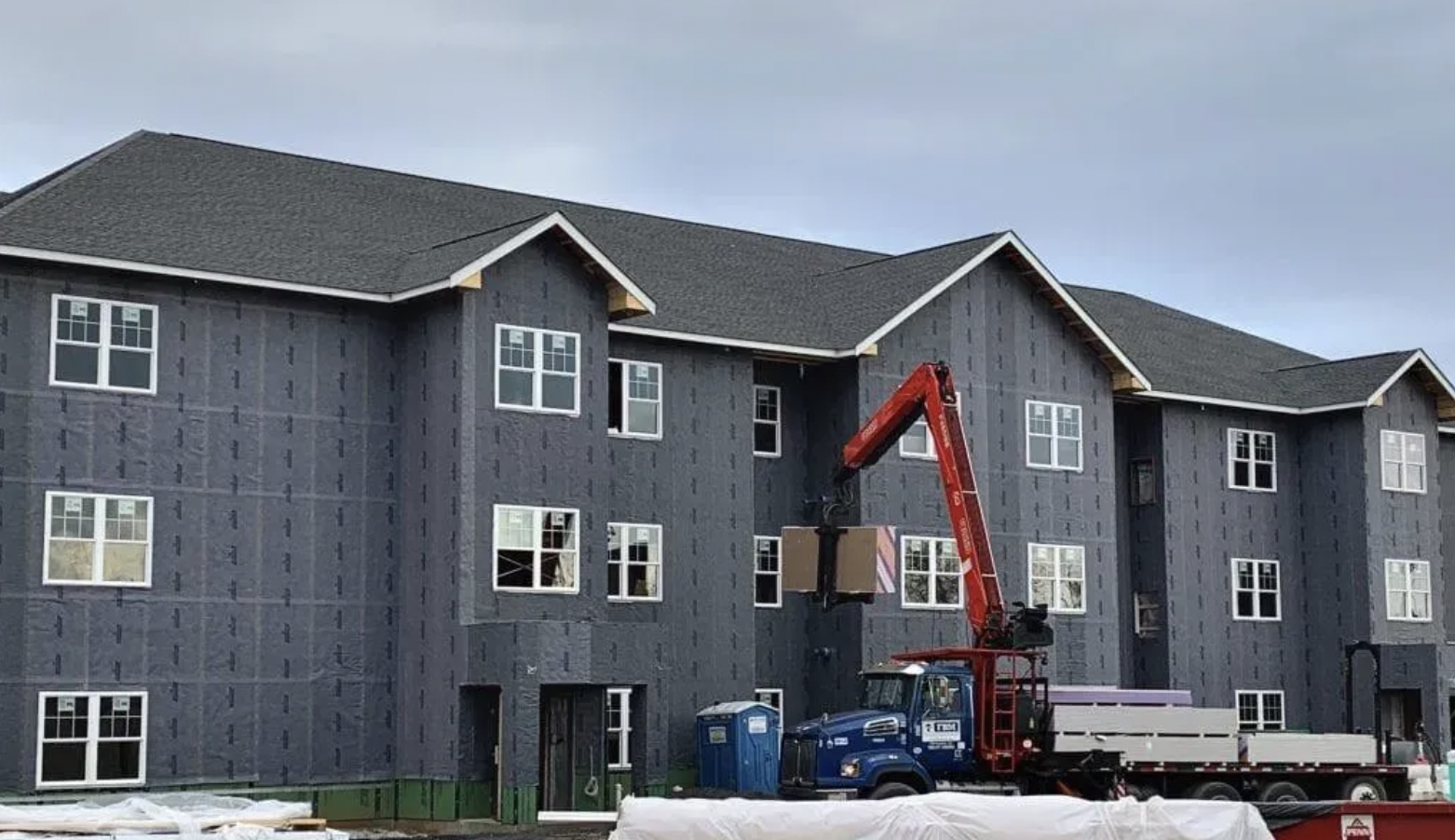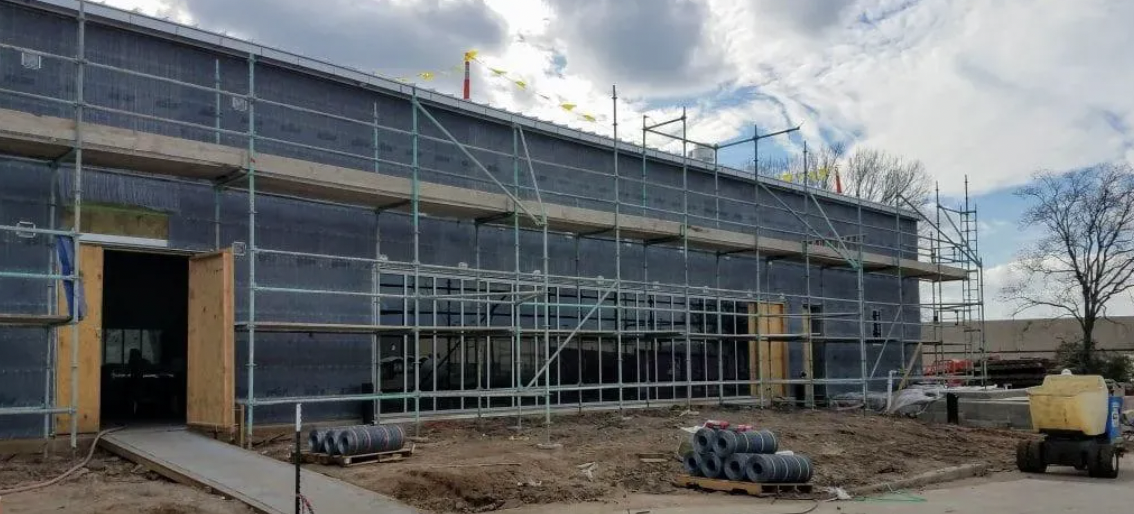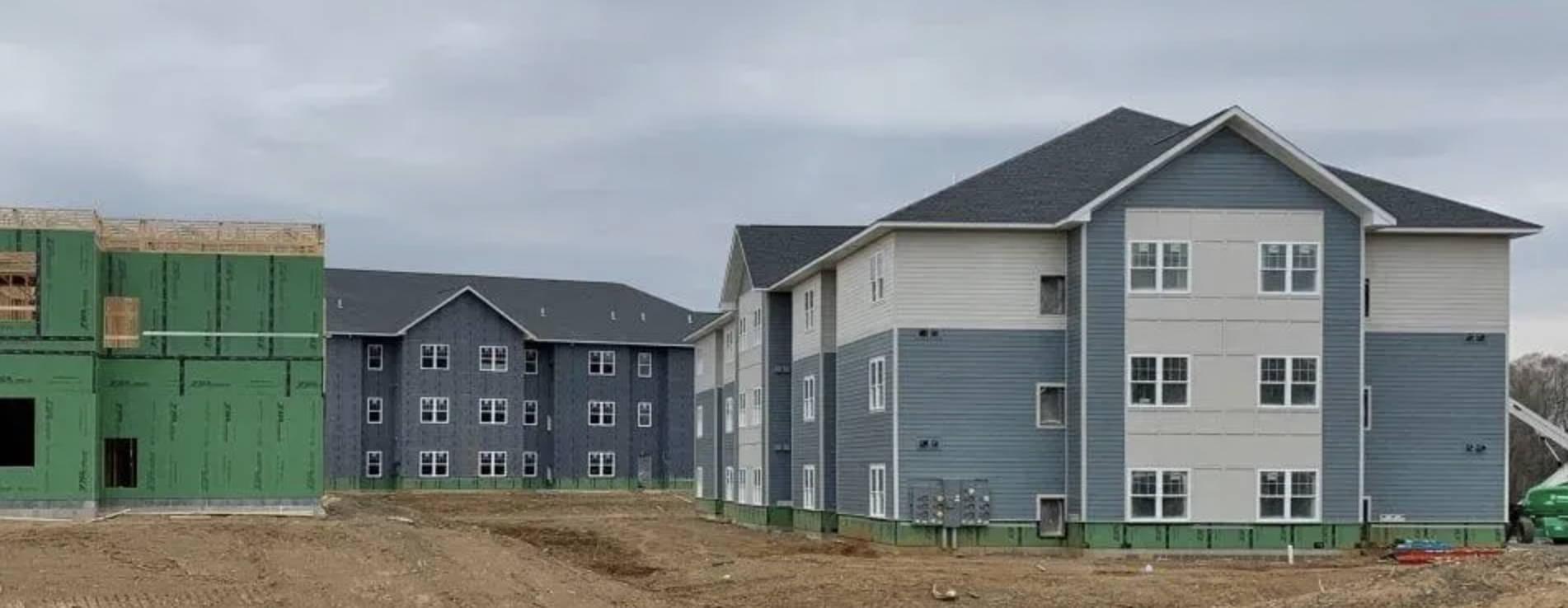Posted by Spycor Building on May 19th 2025

In today’s construction industry, rainscreen energy efficiency is a game-changer for builders and homeowners aiming to cut costs and enhance sustainability. Rainscreens, like those offered by Spycor Building Products, not only protect buildings from moisture damage but also optimize energy performance. As energy codes become stricter and utility costs rise, builders are seeking smarter materials that deliver long-term value—and energy-efficient rainscreen systems are leading that shift. These systems support high-performance building envelopes, improve indoor comfort, and extend the life of both residential and commercial structures. This blog explores how energy-efficient rainscreen systems reduce building costs, how they fit into modern wall assemblies, and why Spycor Building's rainscreen solutions lead the market in moisture control and energy savings.
What Are Rainscreens and How Do They
Work?
Rainscreens are an essential component of modern wall assemblies, designed to protect buildings from moisture while improving overall energy performance. At their core, rainscreens create a ventilated gap between the exterior cladding and the building’s structural wall. This air cavity promotes airflow and drainage, allowing any trapped moisture or vapor to escape before it can penetrate deeper into the wall system. The result is a dry, breathable wall structure that performs better over time.
Leading products like Dörken DELTA®-DRY and Mortairvent® 202/203 are engineered to deliver top-tier moisture management. These systems are designed with advanced materials that promote proper ventilation while preventing bulk water intrusion, making them ideal for both residential and commercial applications.
But the value of rainscreens doesn’t stop at moisture protection. A properly installed rainscreen system also contributes to enhanced insulation performance by keeping wall components dry and preventing thermal bridging. By maintaining the integrity of insulation layers and reducing heat loss, rainscreens help lower overall energy consumption and HVAC loads. This makes them an integral part of sustainable construction materials and green building strategies.
In addition, rainscreens contribute to better indoor comfort, mold prevention, and reduced maintenance costs. Whether you're retrofitting an older building or designing a high-efficiency new construction, rainscreen systems are a smart, future-proof investment in building durability and energy efficiency.
How Rainscreens Save Energy Cost
Rainscreen systems are more than just a moisture barrier—they are an integral component of an energy-efficient building envelope. By improving wall performance and regulating temperature and moisture levels, they help significantly reduce energy usage and operational expenses over time. Here’s how rainscreens help lower your energy bills:
Improved Insulation Performance
One of the main ways rainscreens save energy is by keeping wall cavities dry. When insulation becomes wet, it can lose up to 50% of its R-value, meaning it no longer retains heat effectively. This forces HVAC systems to work harder, especially during extreme temperatures. Spycor’s energy-efficient rainscreen systems—such as DELTA®-DRY—help maintain the insulation’s optimal R-value by ensuring moisture is kept out of the wall assembly. This results in consistent thermal performance, even in climates with heavy rainfall or humidity.
Enhanced Ventilation and Airflow
The built-in air gap in rainscreen assemblies—like the 6mm ventilation channel in Mortairvent®—plays a critical role in energy conservation. During summer, it prevents excessive heat buildup behind the cladding, helping to keep interiors cooler. In the winter, it aids in managing condensation and moisture control. Industry research shows that this improved ventilation from rainscreens can lead to HVAC savings of up to 15%, making it a practical choice for energy-conscious builders and architects.
Reduced Maintenance and Long-Term Durability
Damp, poorly ventilated walls are prone to mold, rot, and structural deterioration. These issues not only pose health risks but also require costly repairs. A properly installed rainscreen minimizes these risks by allowing moisture to escape, keeping the building envelope dry and protected. Spycor’s DELTA®-DRY rainscreen system, with its fire-rated design and robust moisture resistance, adds a layer of durability and protection, reducing the need for maintenance and saving on long-term building costs.
How Rainscreens Support Sustainable
Building
Using a rainscreen for sustainable building is no longer just a trend—it's a necessity for developers and property owners committed to eco-friendly practices. As more builders aim to meet green building standards and improve environmental performance, energy-efficient rainscreen systems have emerged as a powerful tool in sustainable construction. These systems help reduce energy consumption, extend the life of building materials, and support long-term climate goals.
Moreover, rainscreens help preserve structural integrity over decades by keeping wall systems dry, breathable, and protected from the elements. This leads to less material waste, fewer renovations, and longer building lifespans—all important factors in environmentally responsible design. Whether you're a builder, architect, or property manager, choosing Spycor’s rainscreen products is a smart investment in green building materials that align with both performance and sustainability goals.
Ready to cut energy costs, improve your building’s performance, and boost sustainability? Spycor Building's rainscreen systems are the industry’s best when it comes to efficiency, moisture management, and durability. Don’t wait to make your structure more energy-efficient and future-ready.
CLICK HERE to check out the best rainscreen solutions at Spycor Building and start saving today!





